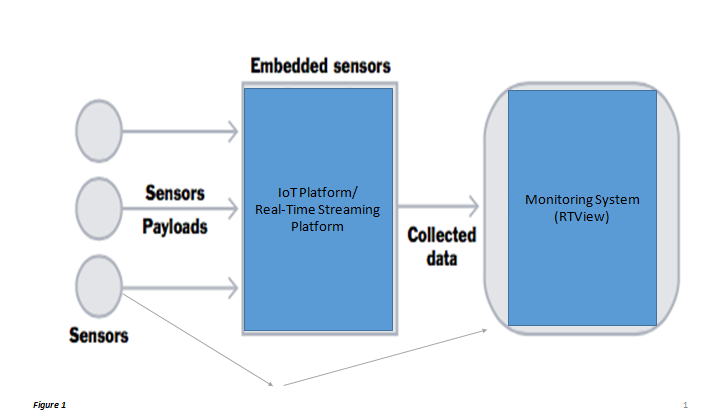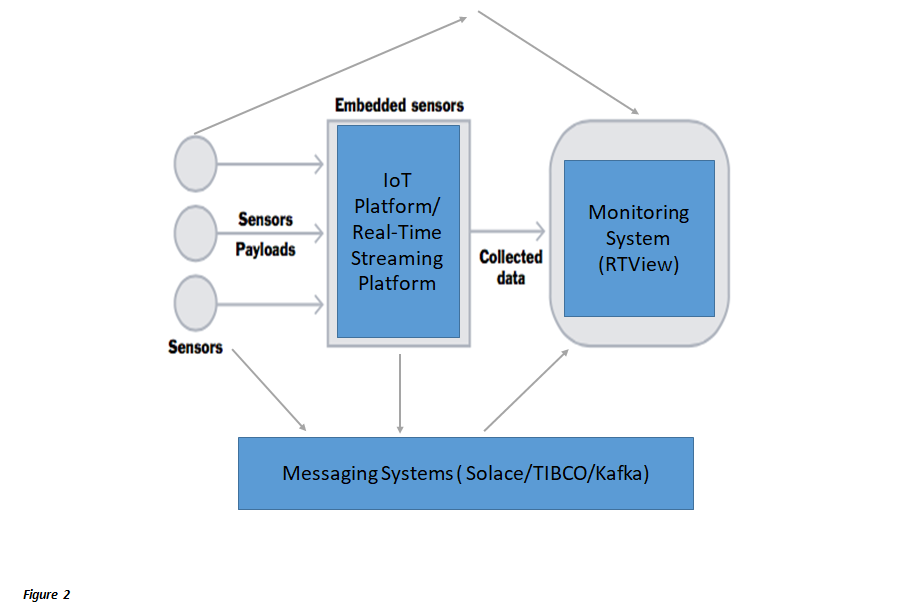“Marriage made in RTView”; IoT and Enterprise Messaging Systems
OnApplication Monitoring, Blog, IoT Dashboards, Middleware Monitoring, Solace Monitoring
By now we are all used to or at least partly used to “Smart” things in our lives. Whether its phones, electrical appliances, cars, homes, buildings or the city itself—they all are becoming smarter by the day. A couple of years ago, in the town where my friend lives, the utility company installed Smart Energy meters and implemented demand-based pricing and tariffs. The system is bidirectional so, for example, if you wanted to do a load of laundry, your smart appliance could let you know it will be 10 or 20% cheaper if you wait a few hours when tariffs are expected to be lower.
Municipal corporations and Power Plants are updating their technology and IoT capabilities so that they can understand the current condition of pipes, roads, turbines, equipment, etc. remotely and carry out preventive as well as predictive maintenance as required. All new vehicles are equipped with an onboard device that leverages GPS to transmit real-time position, speed and more. Real-time alerts notify drivers about congestion and suggest alternate routes or even free parking spots. All these things are adding to the data volumes we generate and consume on the internet. The number of devices connected to the Internet of Things (IoT) surpassed the number of smart phones and personal computers some time ago and will overtake the number of people on the planet this year. Statista estimates that over 75 billion devices will connect to IoT by 2025.
An IoT application can have hundreds or thousands of connections between devices and generate millions of data updates per second depending on the frequency of updates from those devices. An IoT architecture with hundreds/thousands of devices, intermediate gateways/platforms (IoT or Streaming, where aggregation and processing may occur) and back-end systems like applications and monitoring/analytics systems is pretty standard.
It’s a great architecture and ideally monitored by RTView by connecting to these devices directly or connecting to IoT platforms/Real-Time Streaming Platforms or relating to a database where all the information will be stored for historical analysis.
But there is a parallel school of thought that this architecture is not perceived to be a 100% available at all times. The alternate approach is to design all data flow via asynchronous message bus.
Solace Systems is a partner of SL and is a leader in messaging systems space. SL’s product RTView monitors Solace PubSub+ brokers, software brokers, VPNs and clients. It gives very granular detailed performance metrics and provides current, latency and underlying resource capacity. TIBCO is a partner of SL as well, and RTView monitors TIBCO’s messaging systems (EMS, FTL, and ActiveSpaces). Kafka is another technology that SL monitors very effectively.
Whether your IoT projects involve the traditional IoT architecture (Figure 1 above) or a combination of IoT architecture and messaging systems (Figure 2 below), SL can help you monitor all from within the same network and even correlate data and make useful information – “perfect marriage made in RTView!”
With SL’s ability to bring in both synchronous data (IoT devices. Real-time streaming platforms and IoT platforms) and asynchronous data from messaging systems (Solace, TIBCO, Kafka), SL is in a unique position to provide real-time health and performance metrics and alerts for all the IoT / Solace/TIBCO/Kafka components needed to support a “Smart” transportation system, energy management system, smart home, smart city and such.
If you want to learn about IoT and Messaging systems monitoring, please go to:
https://sl.com/products/rtview-cloud-for-iot/
For a free 30-day trial of RTView Cloud, please visit:
http://rtviewcloud.sl.com/register